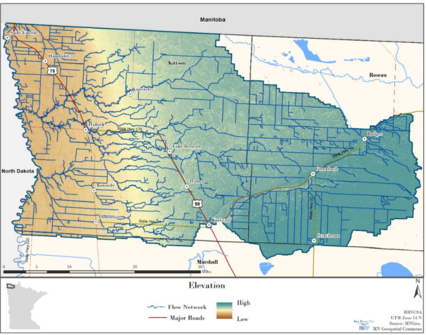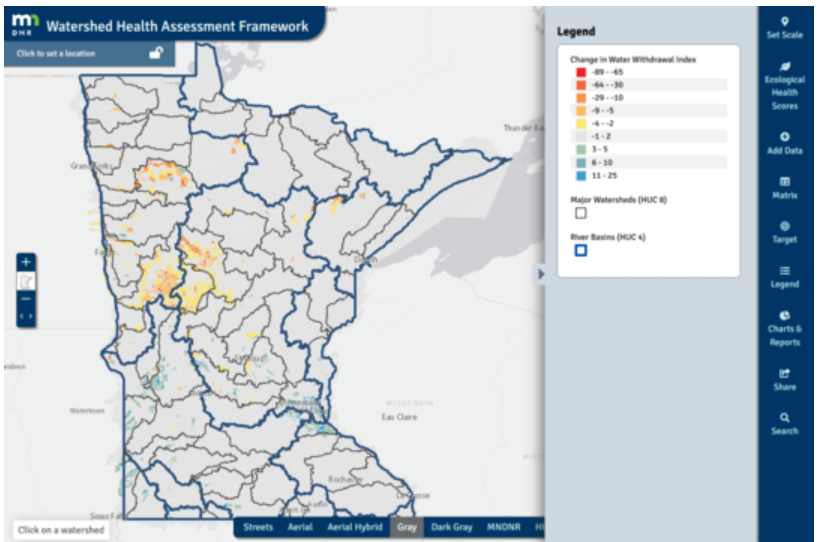Upcoming Meetings & Project Updates

Upcoming Meetings
Full Council: The next meeting is Monday, July 19th, which will be a field tour of the Forever Green Initiative at the St. Paul campus of the University of Minnesota. The packet from the June 21st meeting (Topics: Emerging Farmers Program, water quality benefits of street sweeping, and "Creating More Innovative Agriculture") has been posted at our web site.
Policy Committee: The next meeting is Friday, June 25th (Topic: Chemicals of Emerging Concern in Waters, Sediments, and Subsistence Fish Used by the Grand Portage Band of Chippewa). The presentations from the May 28th meeting (Topic: Irrigation) have been posted at our web site.
Budget & Outcomes Committee: The Friday, July 2nd and Friday, June 5th meetings have been cancelled. The presentations from the May 7th meeting (Topic: Prioritizing impairments in watershed plans) have been posted.
Meetings at MPCA have WebEx capability for on-line viewing. Contact us for details. NOTE: WebEx recordings are moving to a new server. We will only have on-demand access to archived WebEx recordings for the previous six months.
|
 Two Rivers Watershed Plan Approved
Two Rivers 1W1P: The Board of Water and Soil Resources (BWSR) approved the comprehensive watershed management plan for the Two Rivers Watershed on June 23rd. Produced under the One Watershed One Plan program, according to the authors, the plan "is a cooperative watershed planning effort between Roseau County, Kittson County, Roseau Soil & Water Conservation District, Kittson Soil & Water Conservation District, and the Two Rivers Watershed District."
According to the MPCA's Watershed Restoration and Protection Strategy (WRAPS) for the watershed, "Cultivated crops is the dominant land use cover, comprising more than 63% of the watershed. The next largest cover is wetlands at 16%. About 79% percent of streams in the watershed have been altered by channelization and ditching. The creation of dams within the watershed also affects how water flows through the area and on fish and aquatic insect communities. The watershed has very few lakes, with Lake Bronson being the largest and most used."
The plan includes a prioritization of projects for the short-term and long-term, as well as numerous measurable goals for each major water quality issue.
Identifying Areas Experiencing Stress to Their Water Supply
The DNR's Watershed Health Assessment Framework (WHAF) program has developed several new tools to measure water stress in the state, highlighted in a recent newsletter. The WHAF program is supported by the Clean Water Fund.
The Water Withdrawal Index helps identify areas that may experience stress to the water supply from recent use. The WHAF Team has updated this index with an additional eight years of water use data. With the update, the index map now reflects the five most recent available years (2014 - 2019).
The index is based on a comparison between stream discharge and reported water use within each watershed. Stream discharge is estimated from a predictive model that factors in rainfall, temperature, geology, and the watershed's location and size. The reported water use is calculated from the values reported by DNR Water Appropriations Permit holders. By comparing these values we see where reported water use is high relative to discharge, a scenario that causes stress to the available water supply, and to the health and resilience of the watershed.

|